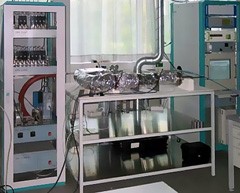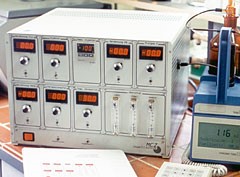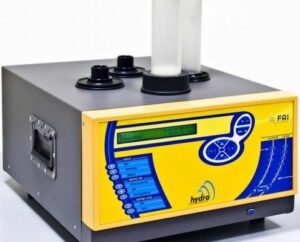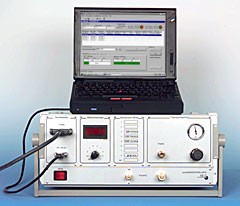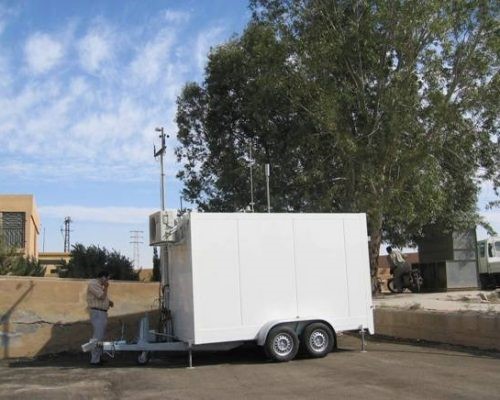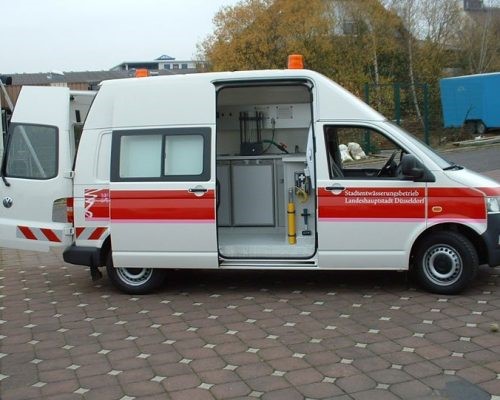Weather Research Forecasting Model (WRF Model)
AIRSHED continually strives to assist our clients in attaining and maintaining air quality standards by minimizing environmental and health impacts. Our professional engineers, chemists, scientists, and technicians are well-informed about regulatory requirements, saving you time and money by using the means of Weather Research Forecasting Model WRF-AERMOD/CALPUFF/CMAQ/CAMx /CHEM.
Automatic Weather Stations
Weather stations are based around a programmable data logger that measures the sensors, then processes, stores, and transmits the data. Our data loggers have wide operating temperature ranges, on-board instructions, programmable execution intervals, and ample input channels for commonly used sensors.
Wind vector, wet bulb, histogram, and sample on maxima or minima are standard in the data logger instruction sets. Most sensors can be measured directly—without external signal conditioning.
Weather Sensors
Almost any meteorological sensor can be measured by our data loggers, allowing stations to be customized for each site. Typical sensors used on our stations include, but are not limited to:
- Wind speed and direction
- Solar radiation
- Temperature (air, water, soil)
- Relative humidity
- Precipitation
- Snow depth
- Barometric pressure
- Soil moisture
- WRF AERMET-Ready Data.
- WRF CALMET And CALPUFF-Ready Data.
- Met Station Data.
In some locations, hydrological sensors provide additional measurements, such as water level of a nearby stream.
Data Retrieval
We offer multiple communications options for data retrieval, which can be mixed within the same network. Telecommunications options include short-haul, telephone (landline, voice-synthesized, cellular), radio frequency, multidrop, and satellite. On-site options include storage module and laptop computer.
Software
Our PC-based support software simplifies the entire weather monitoring process, from programming to data retrieval to data display and analysis. Our software automatically manages data retrieval from networks or single stations. Robust error-checking ensures data integrity. We can even help you post your data to the Internet.

